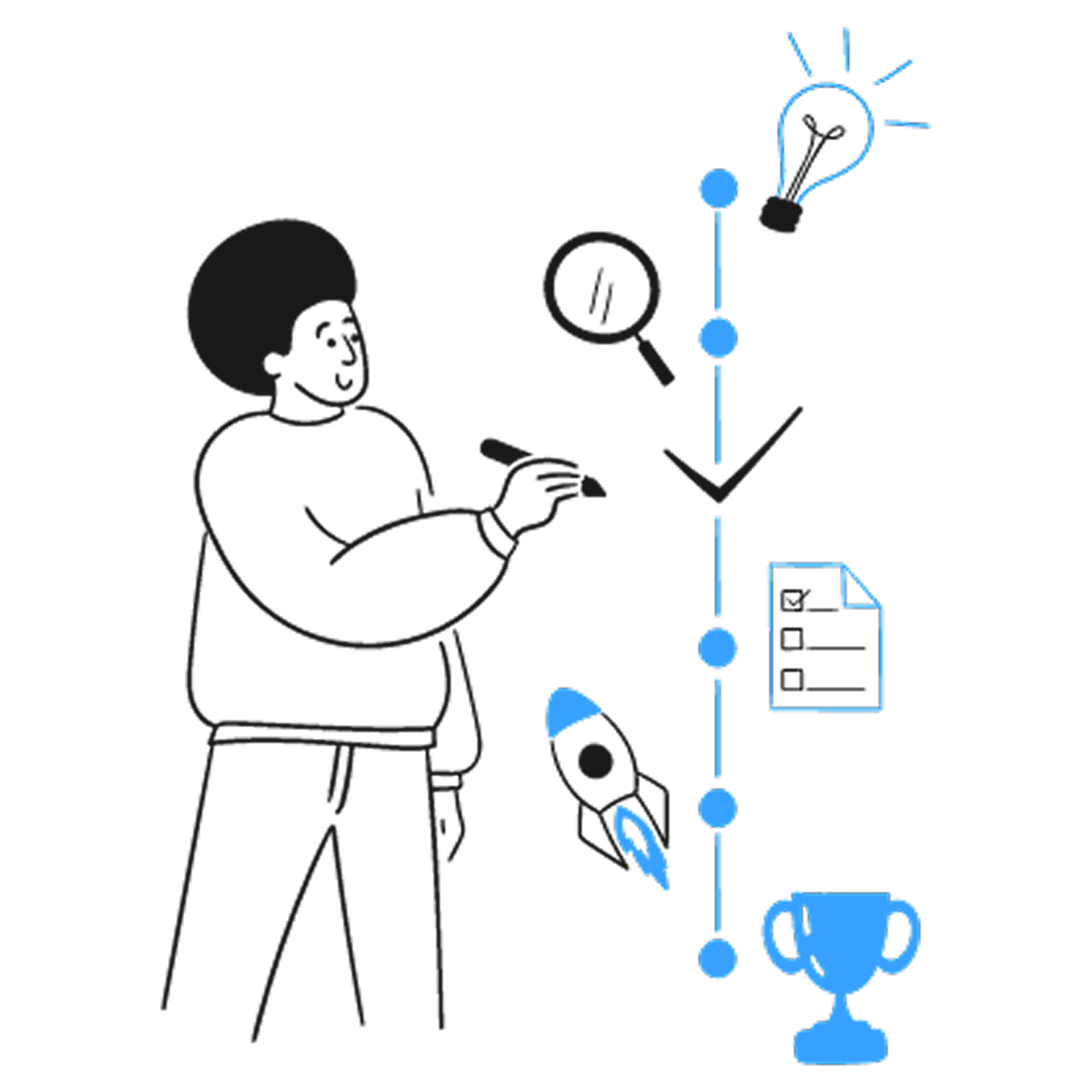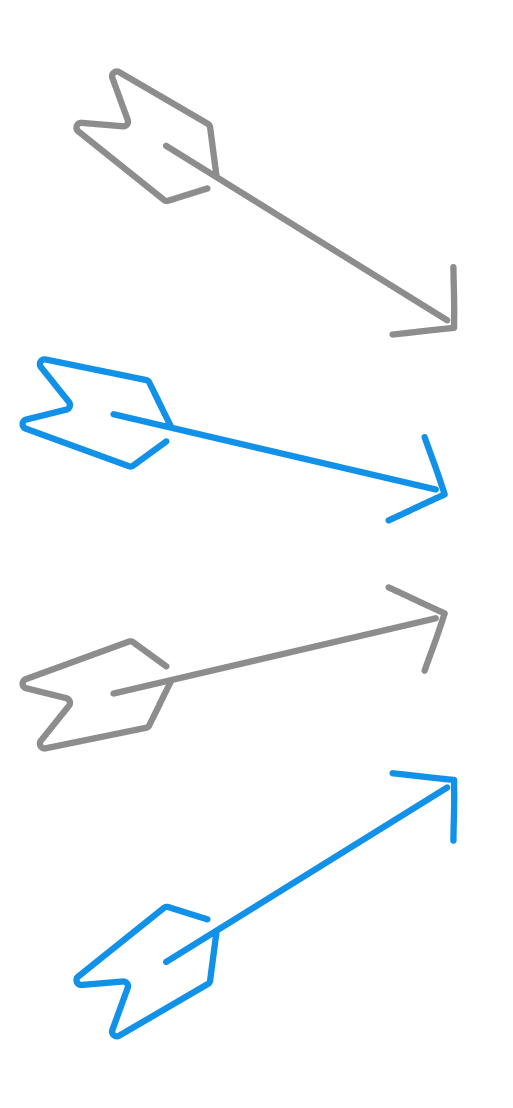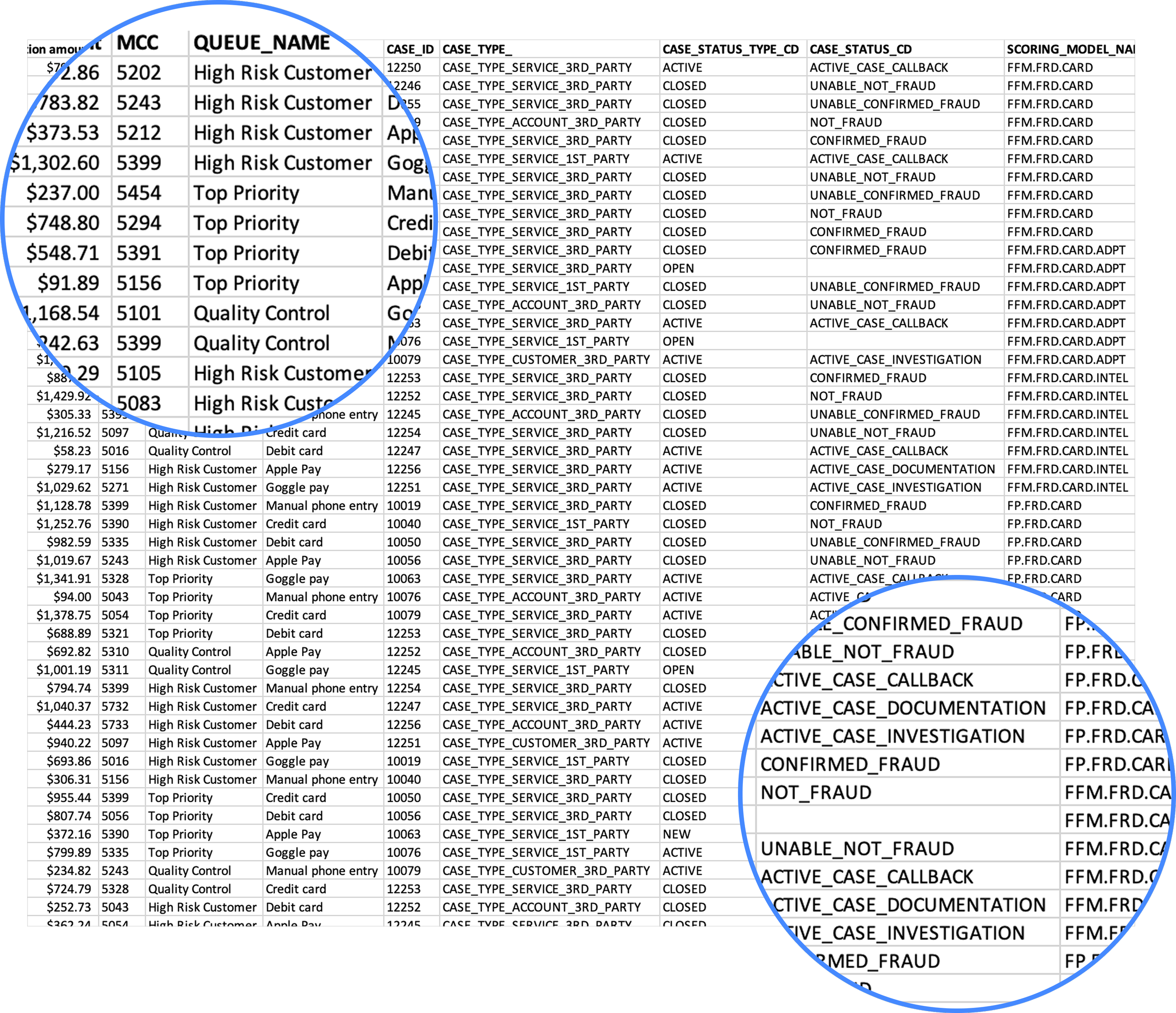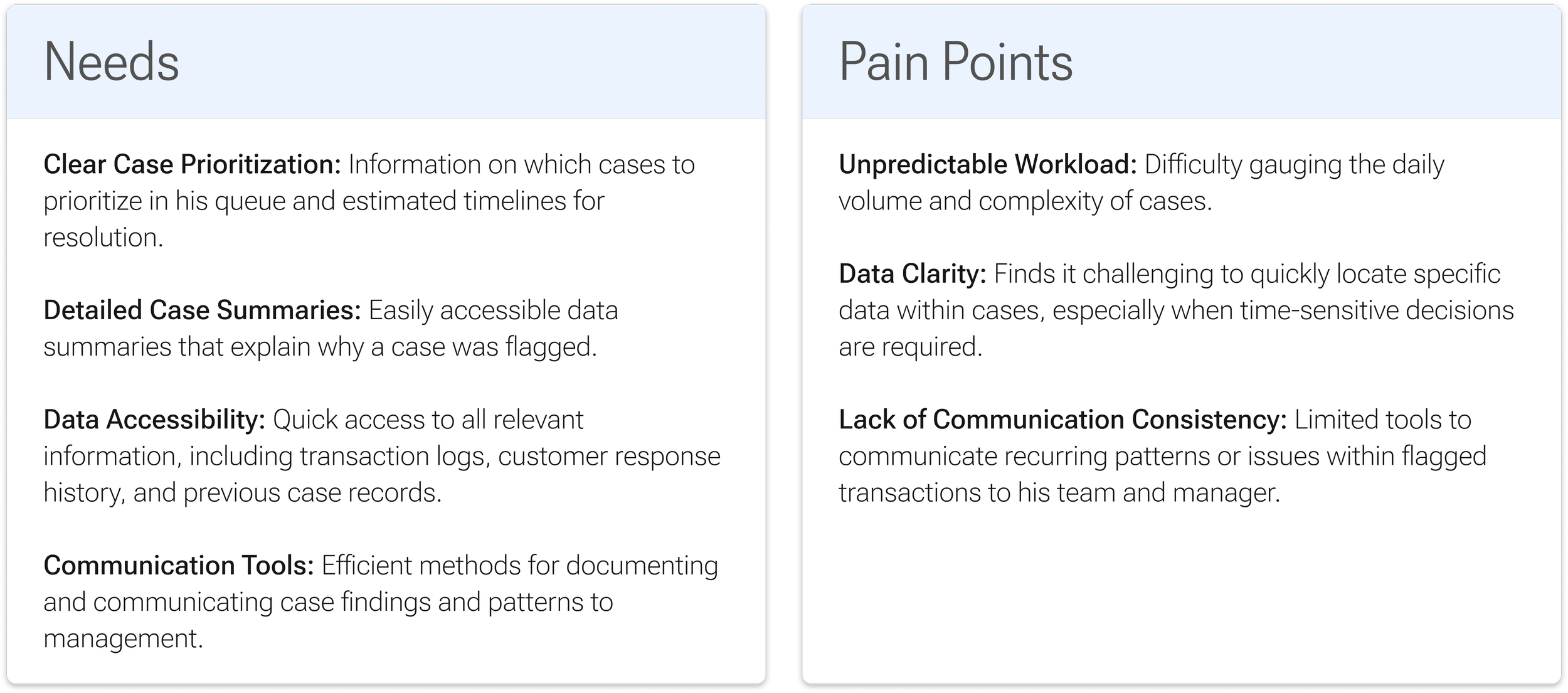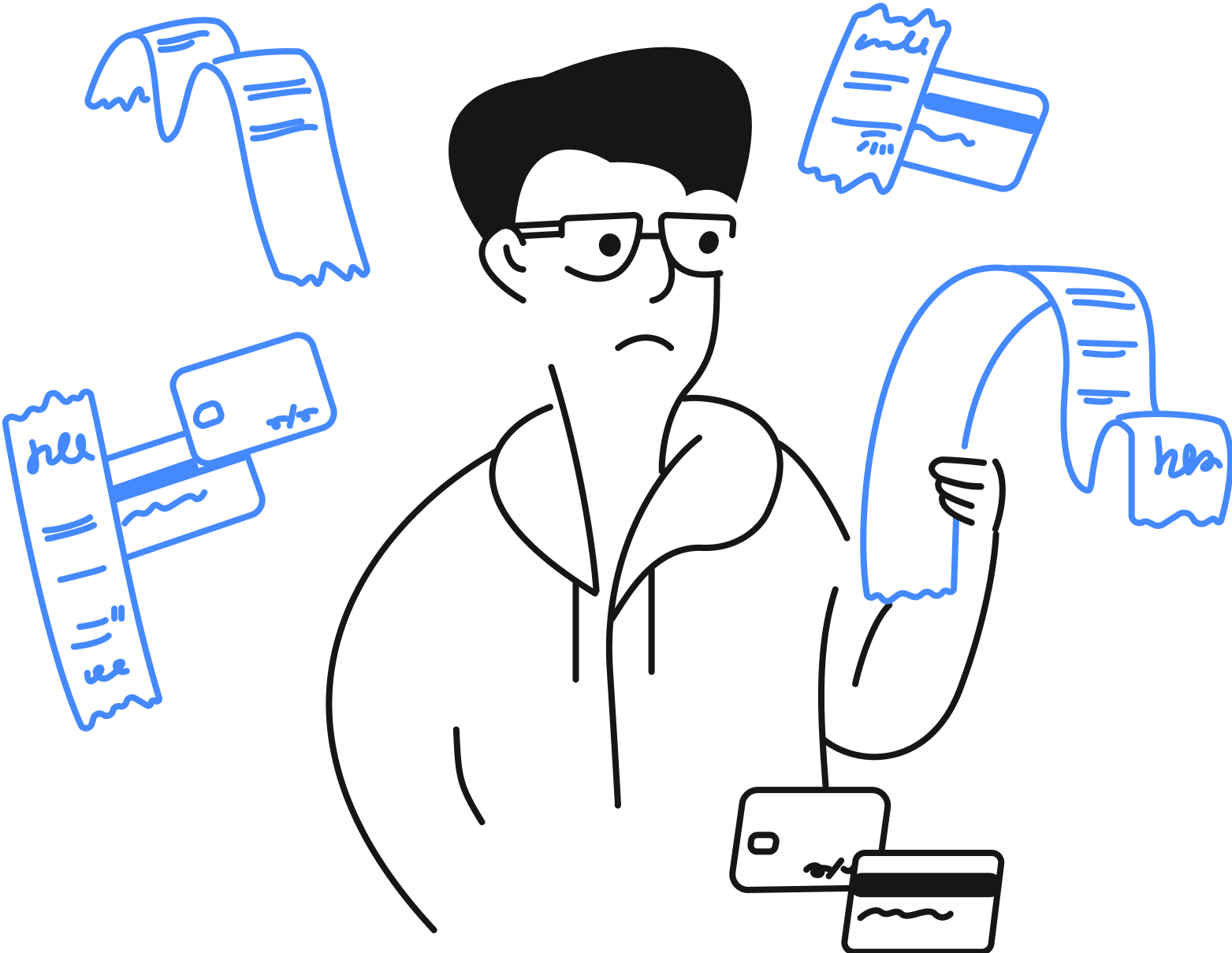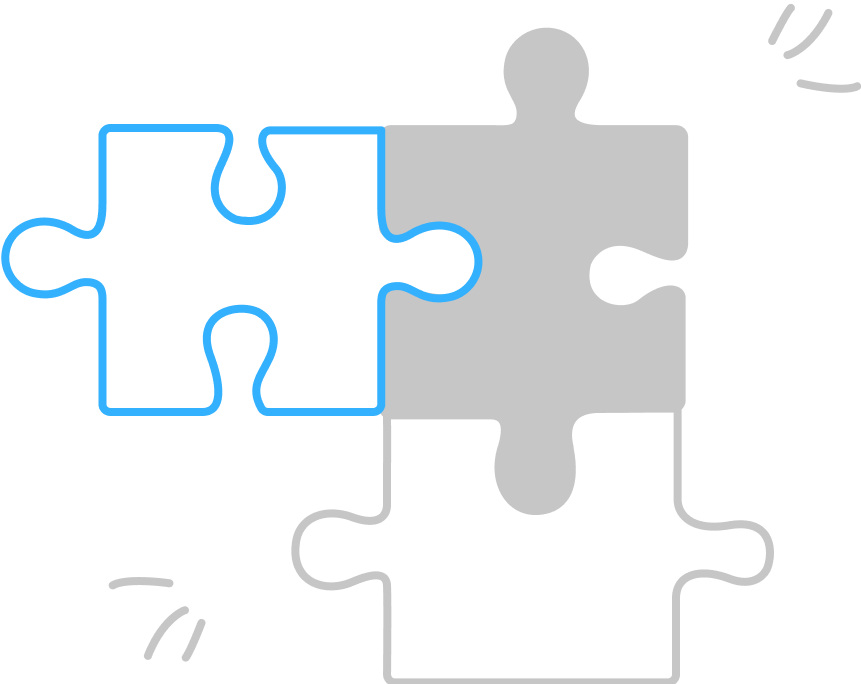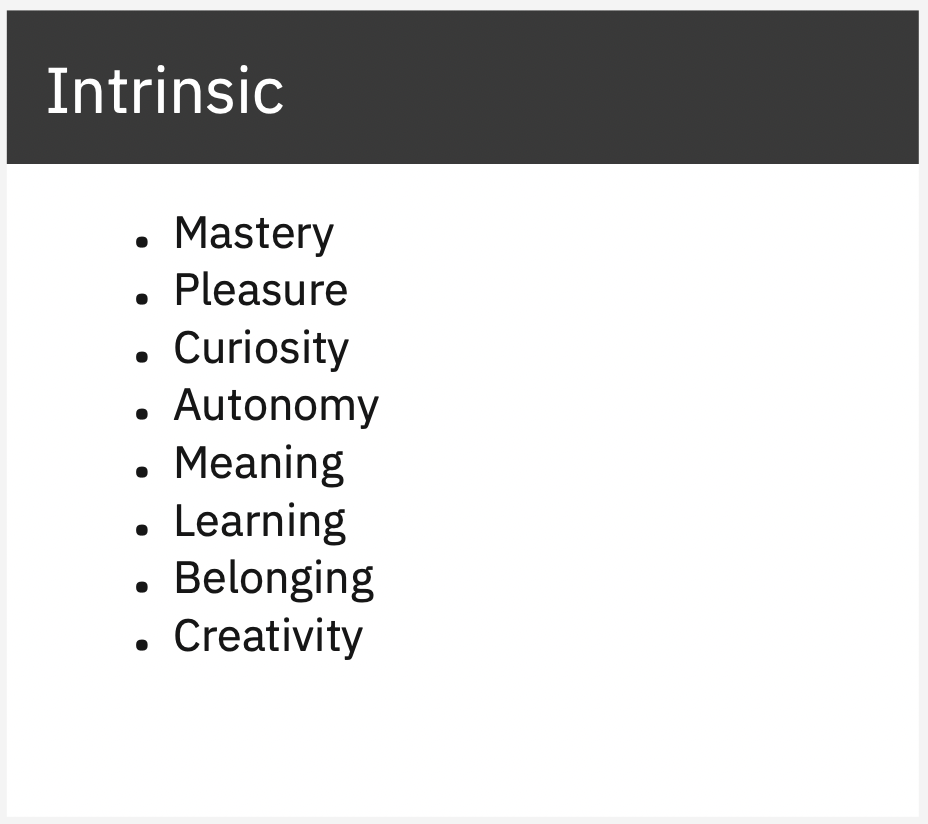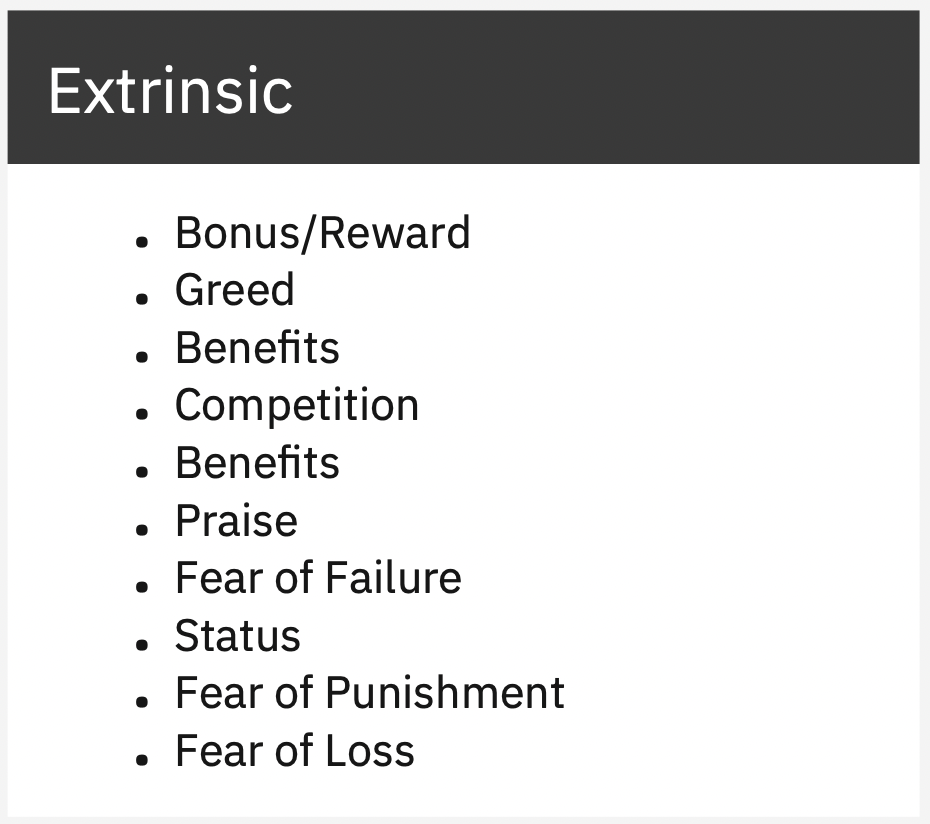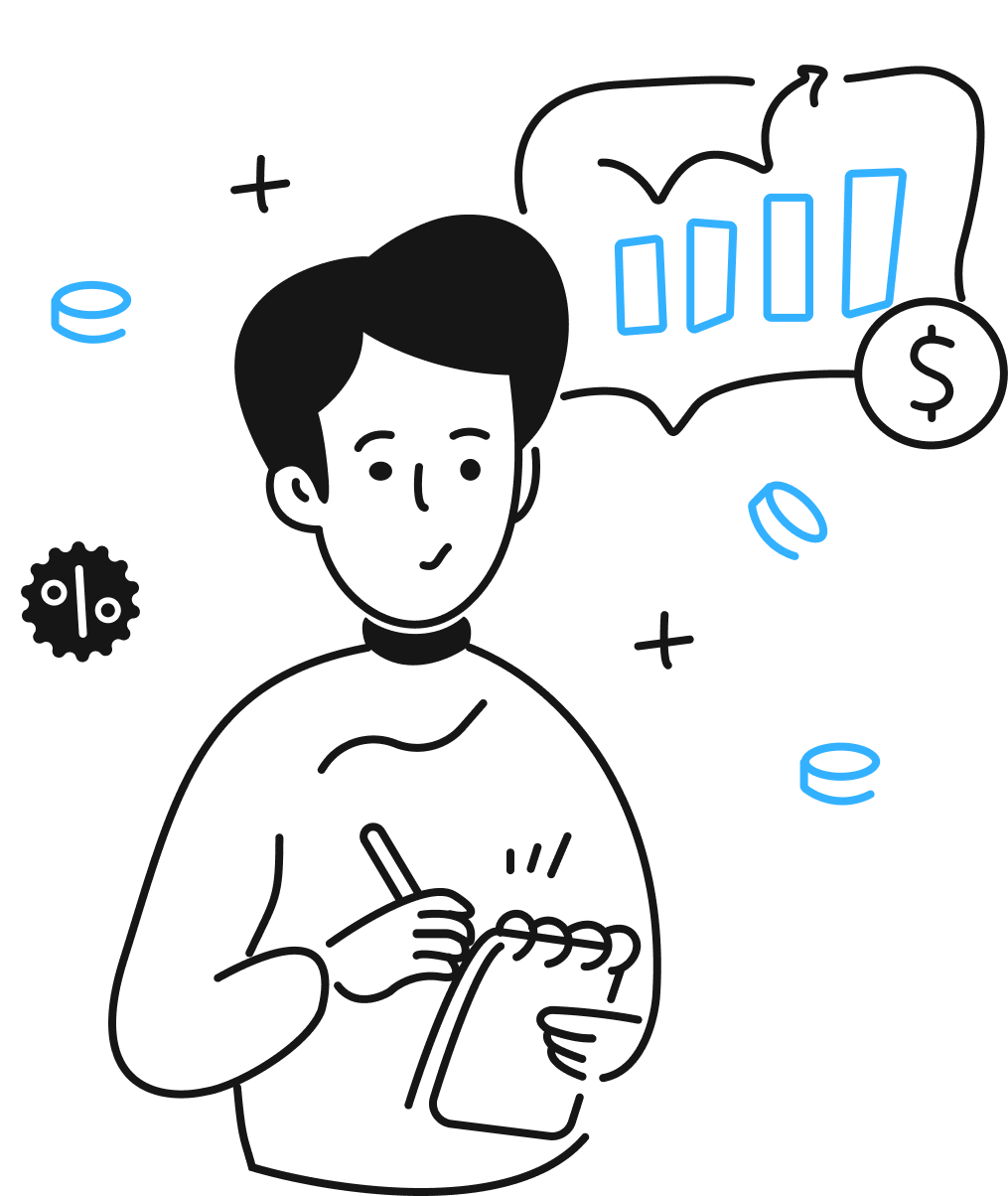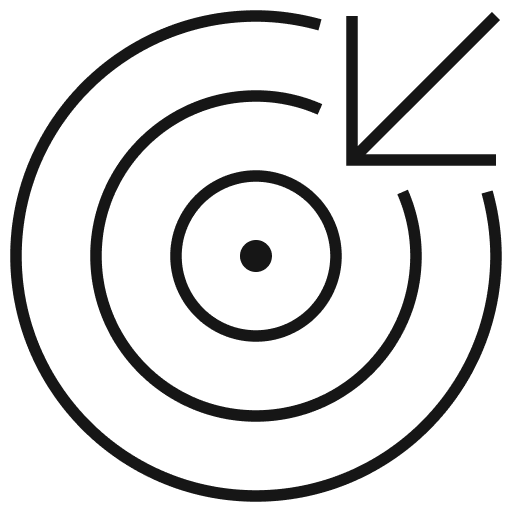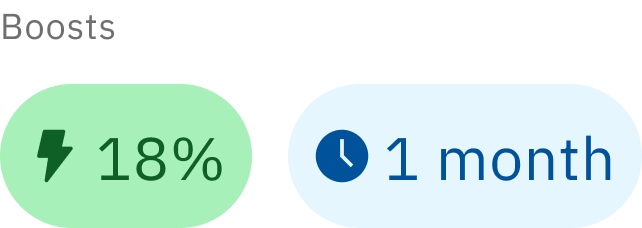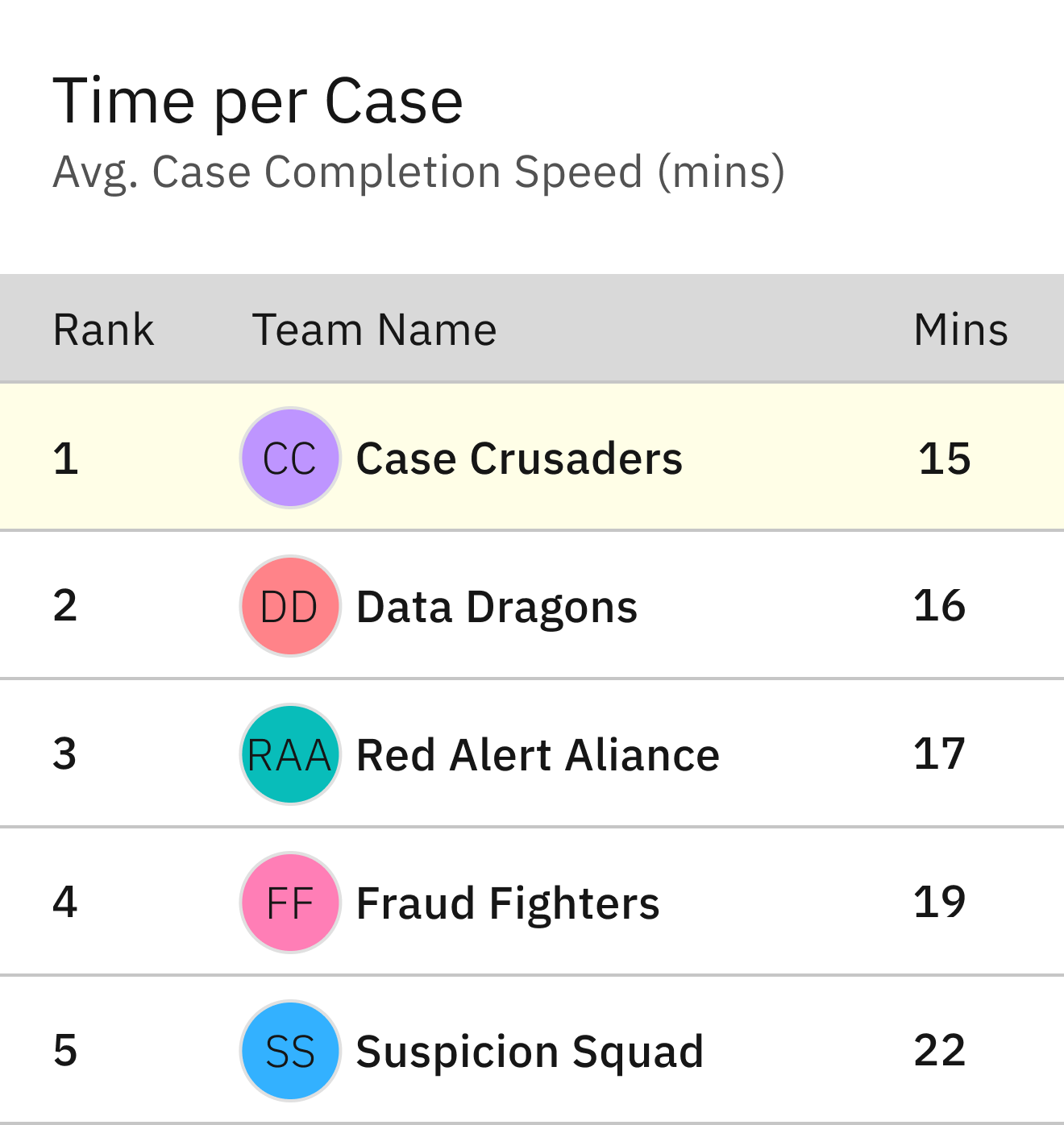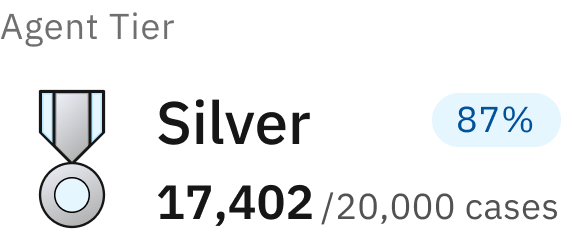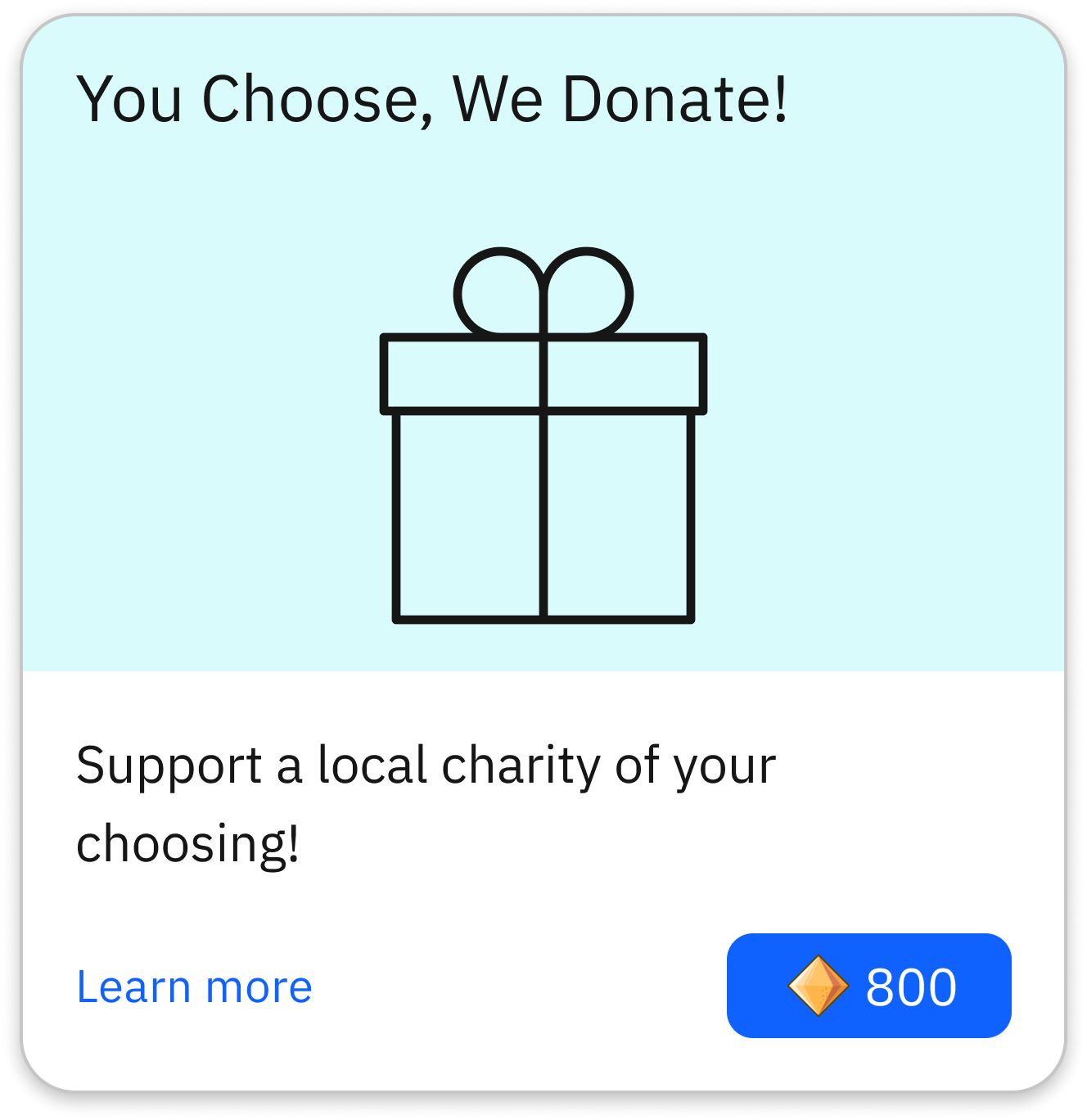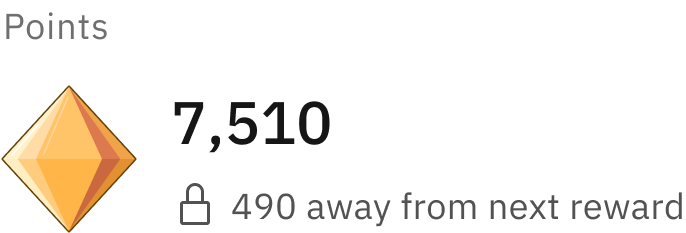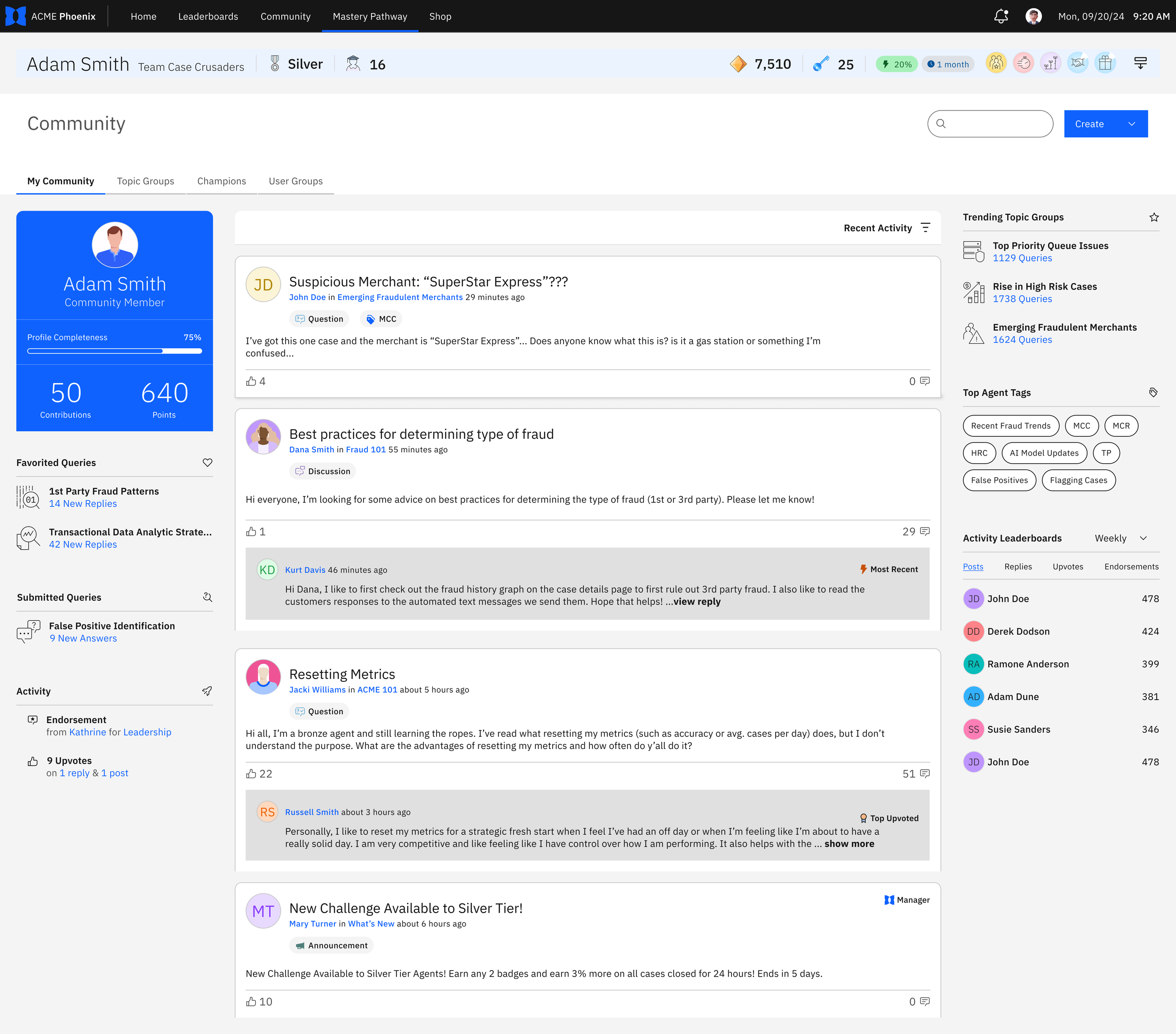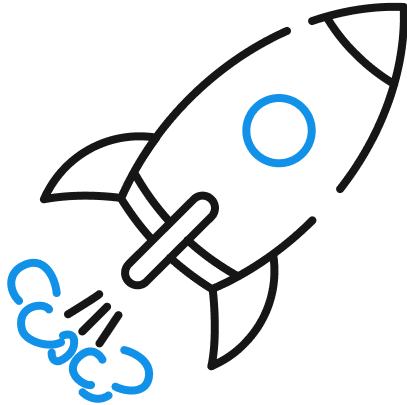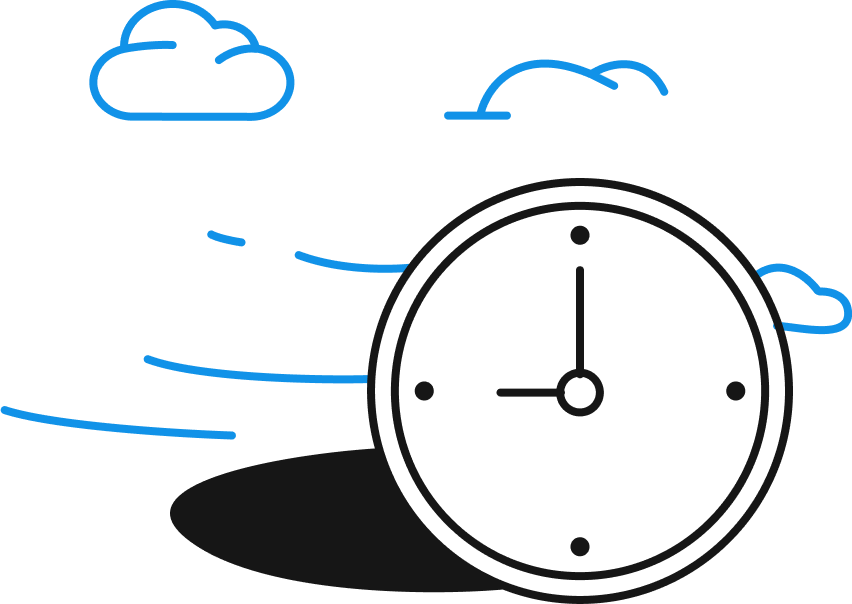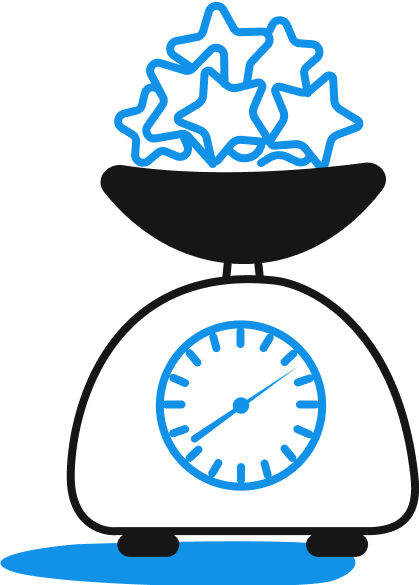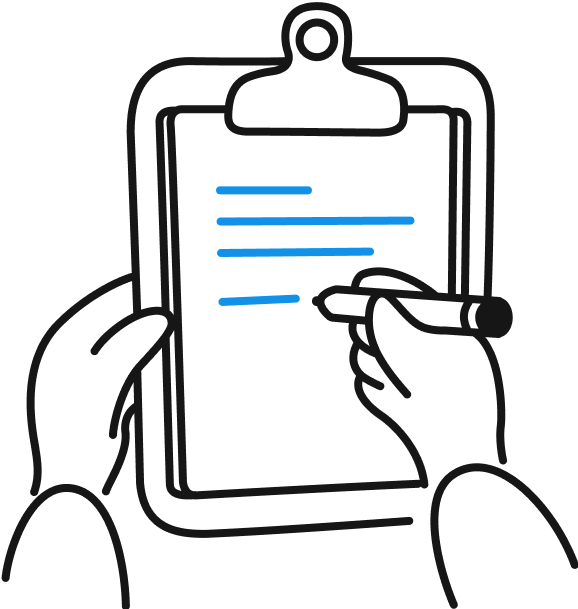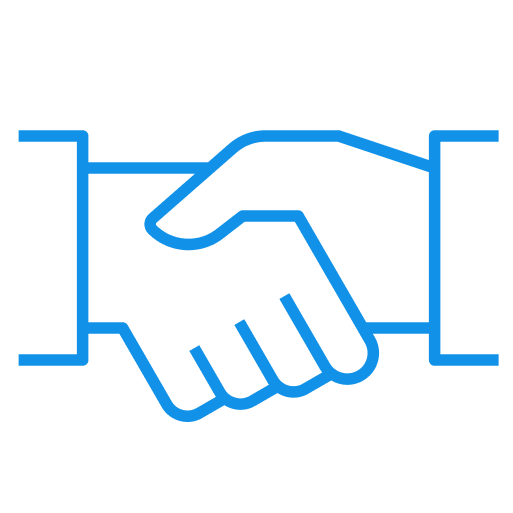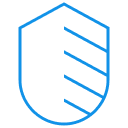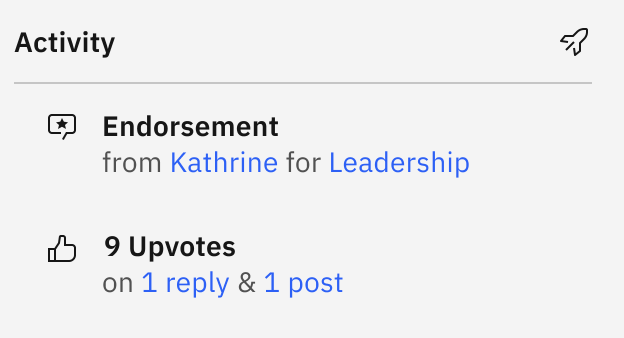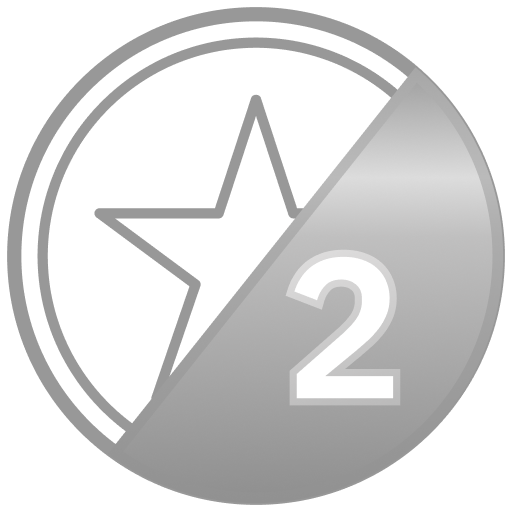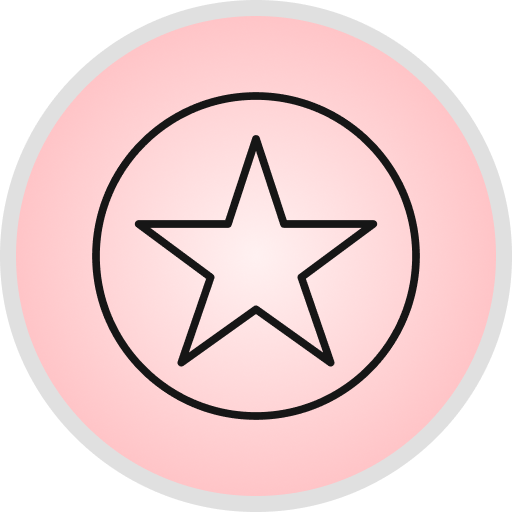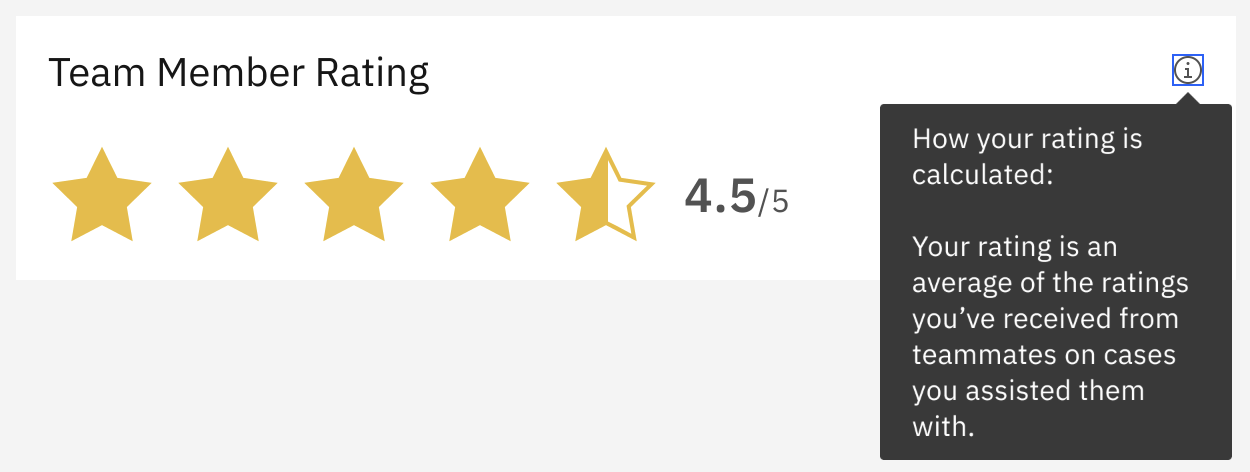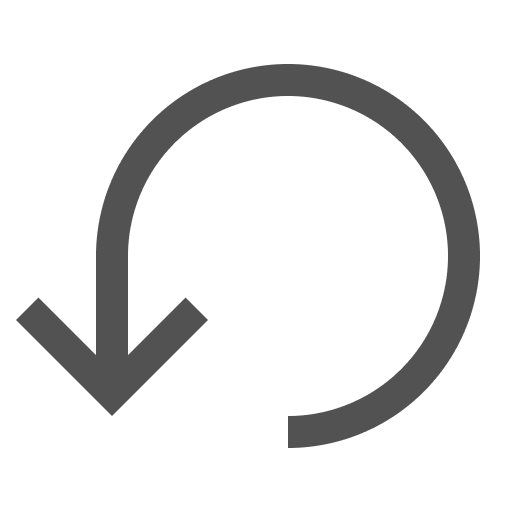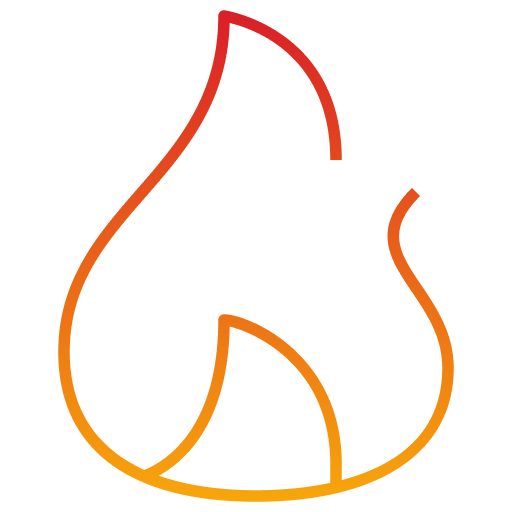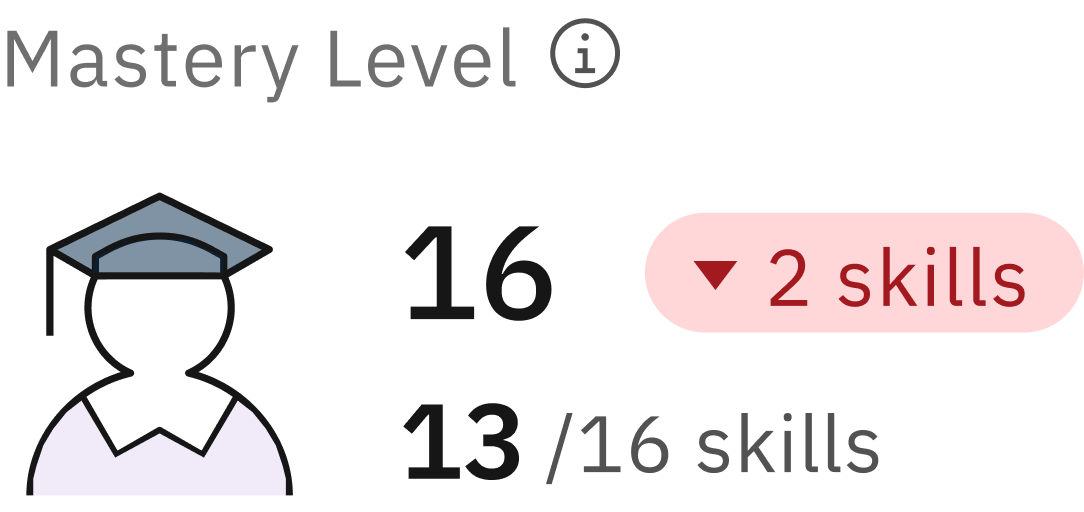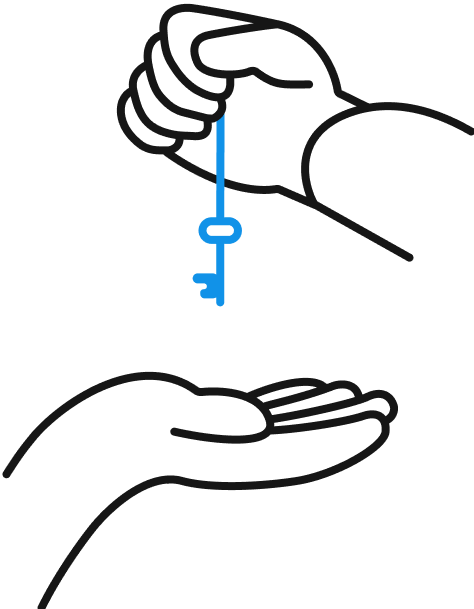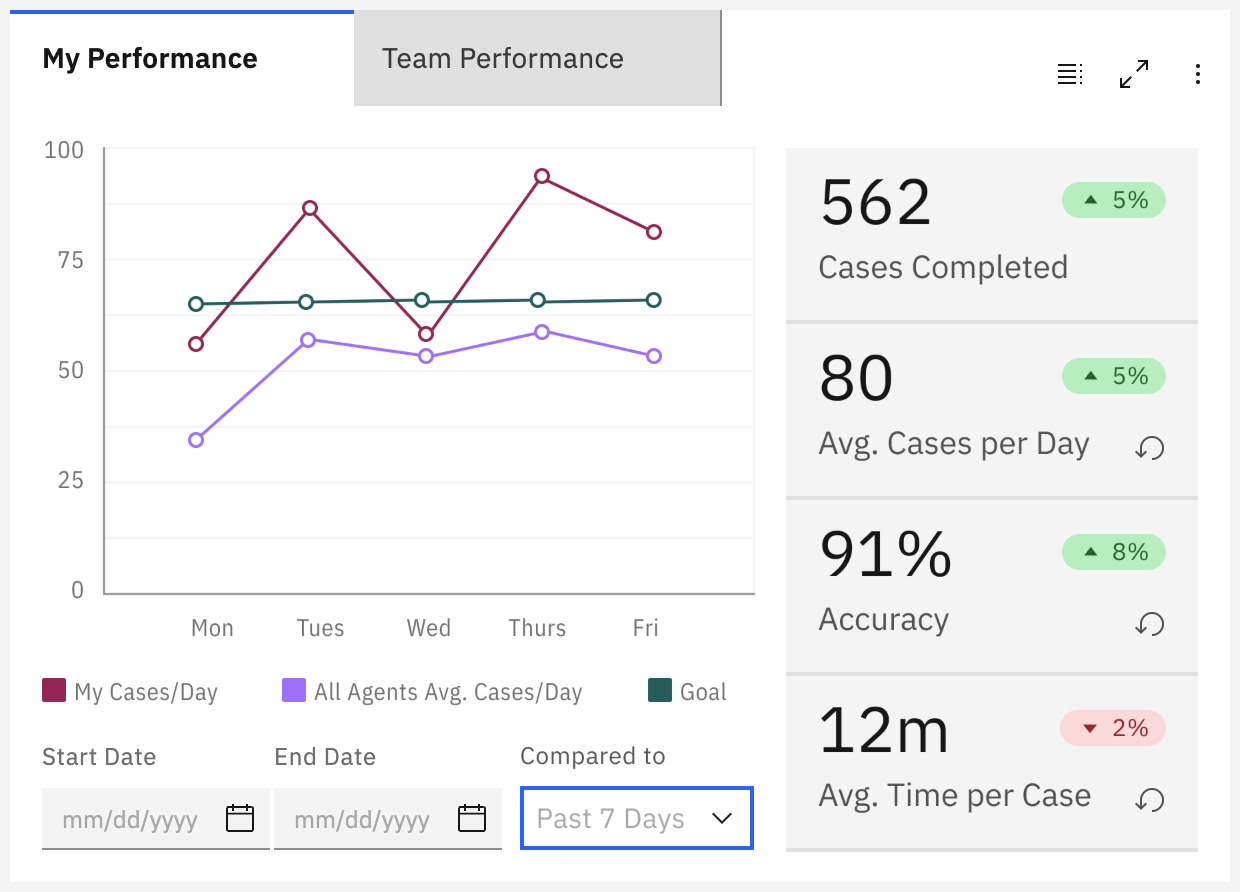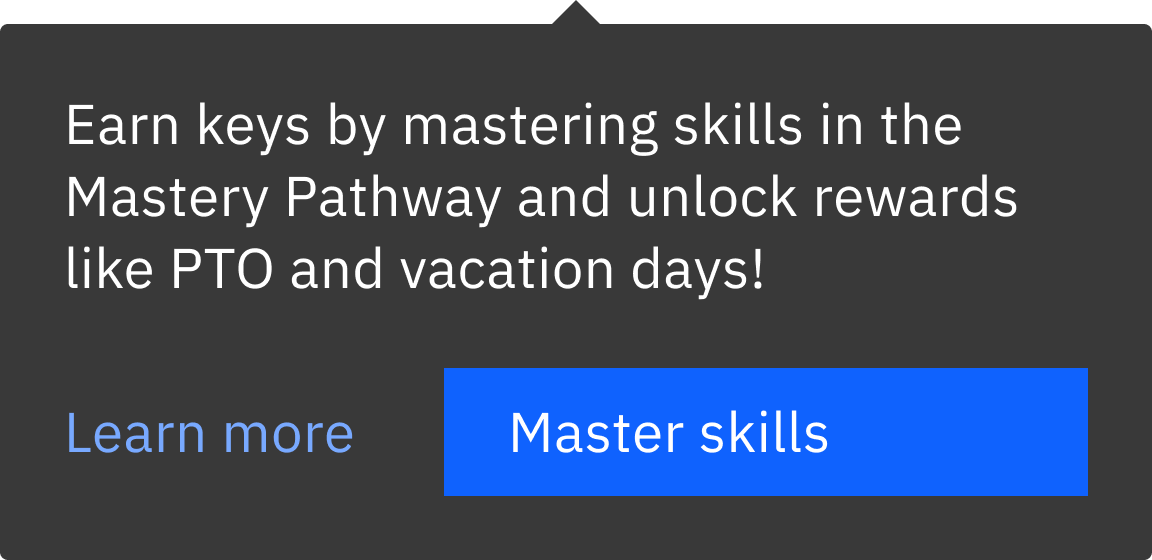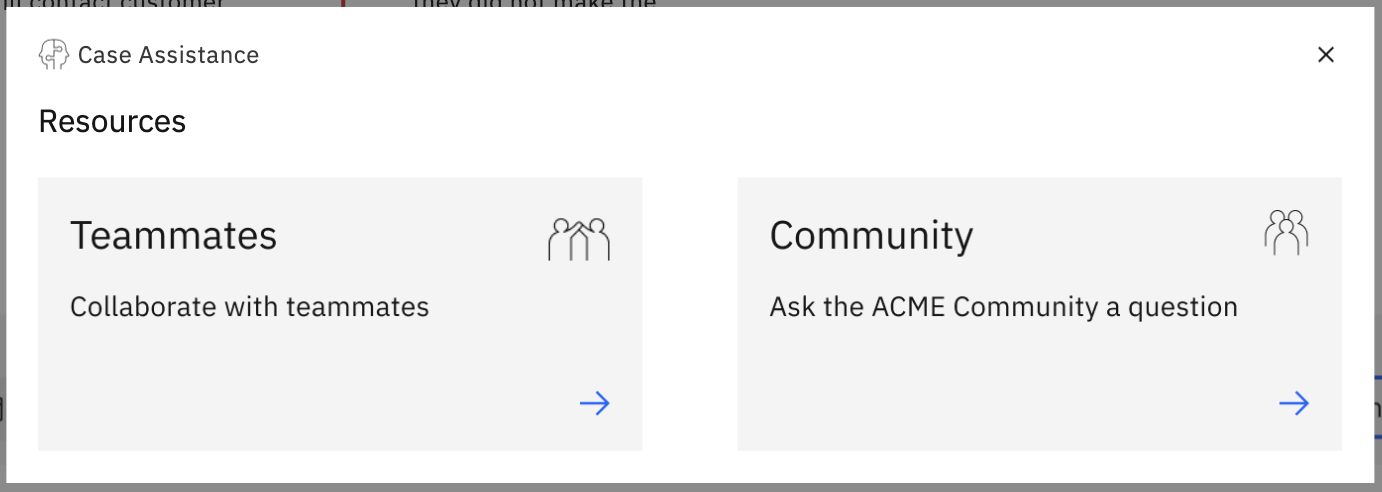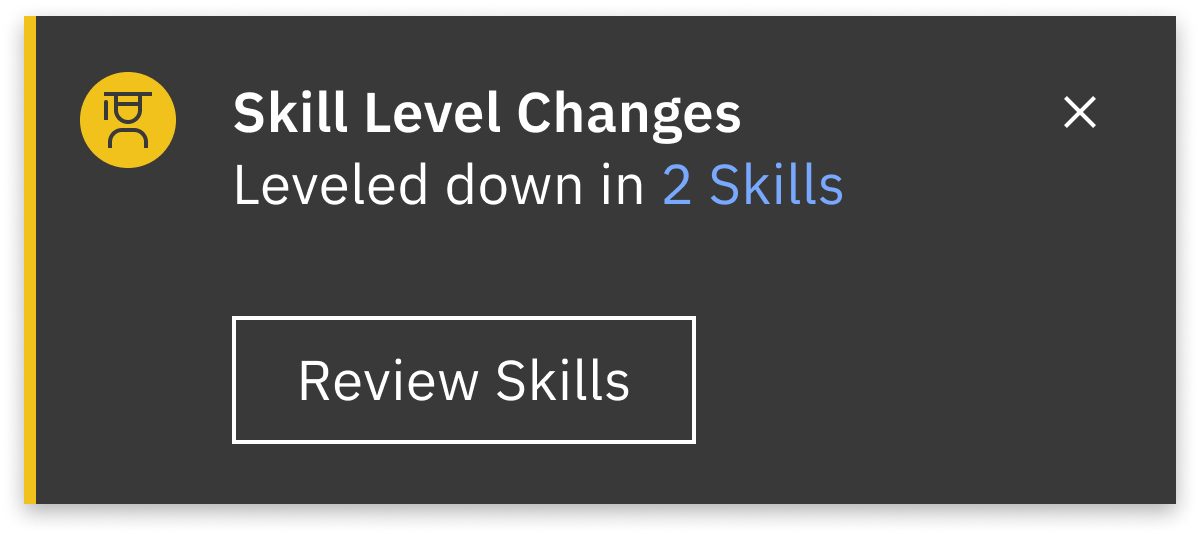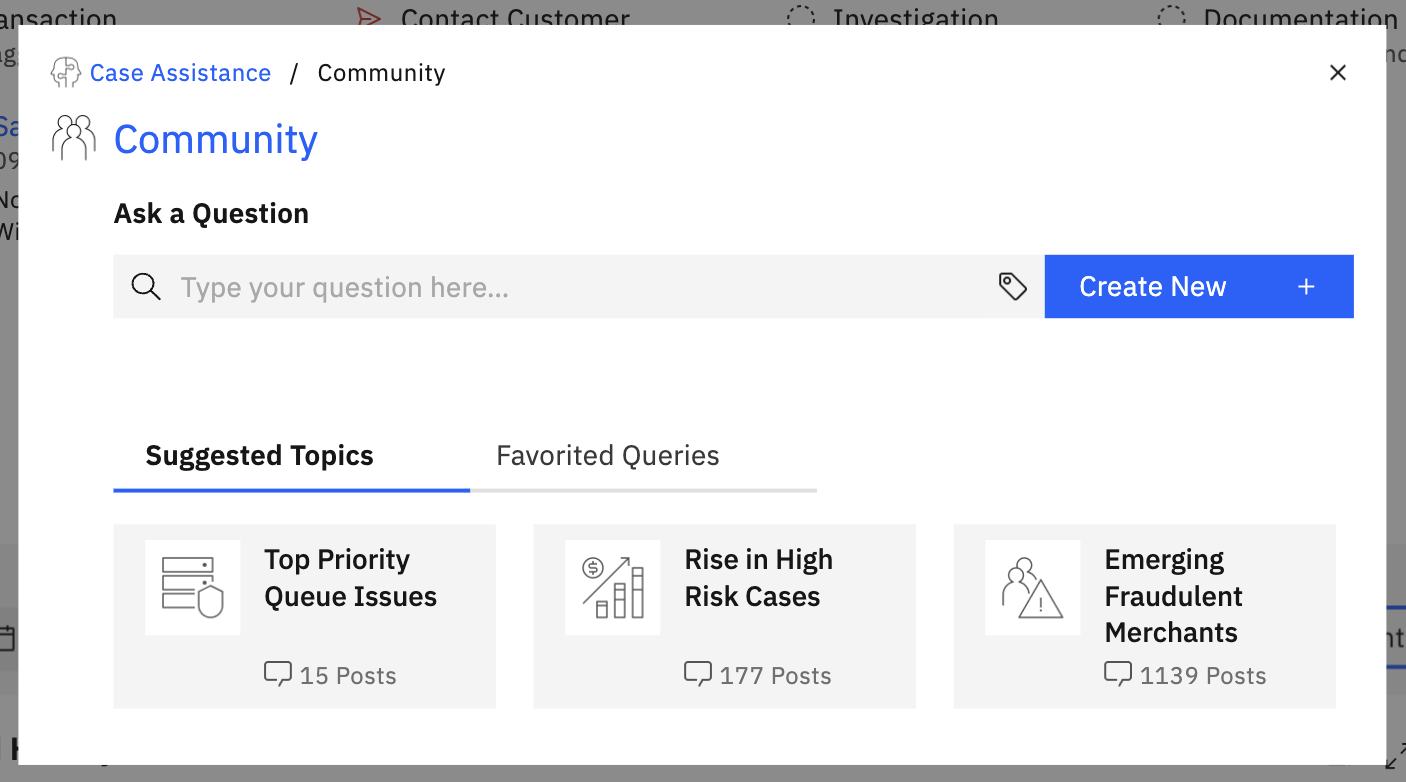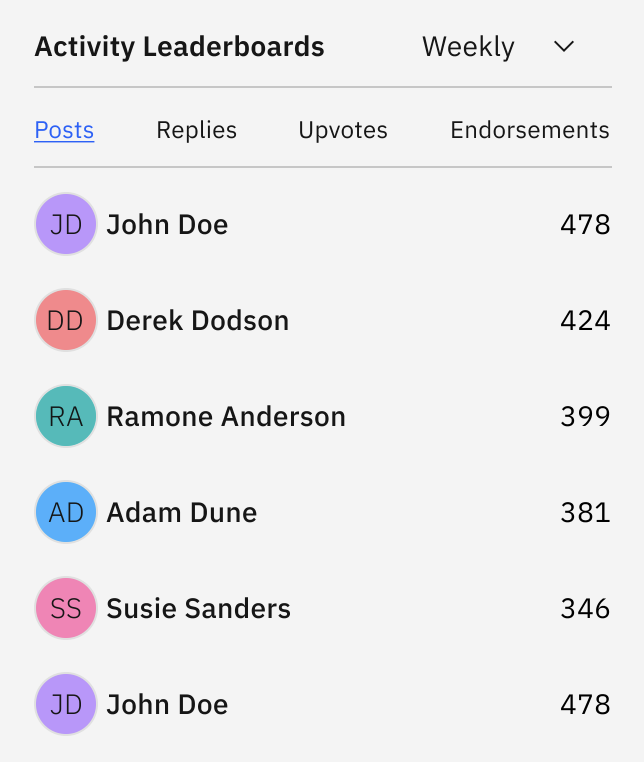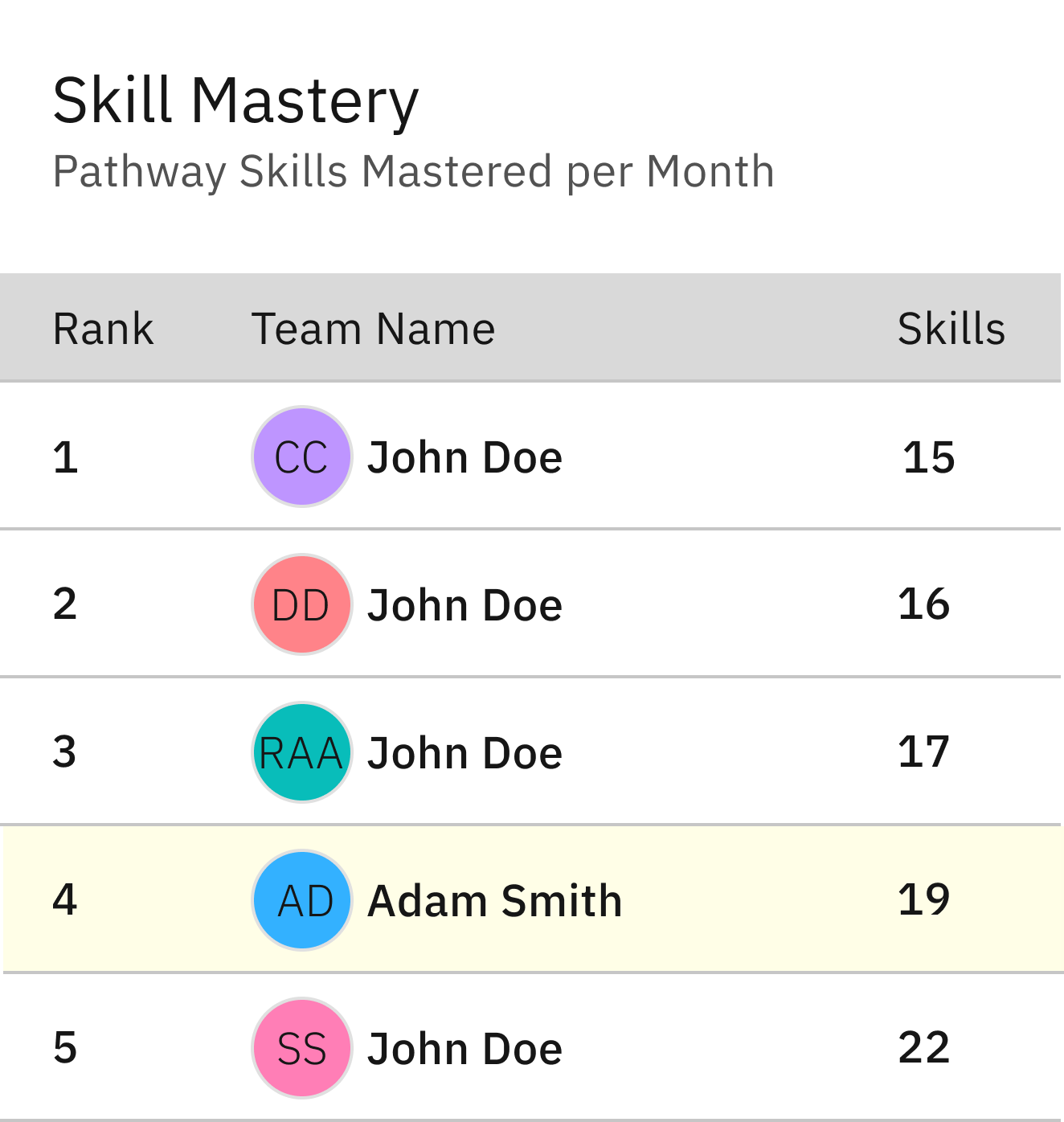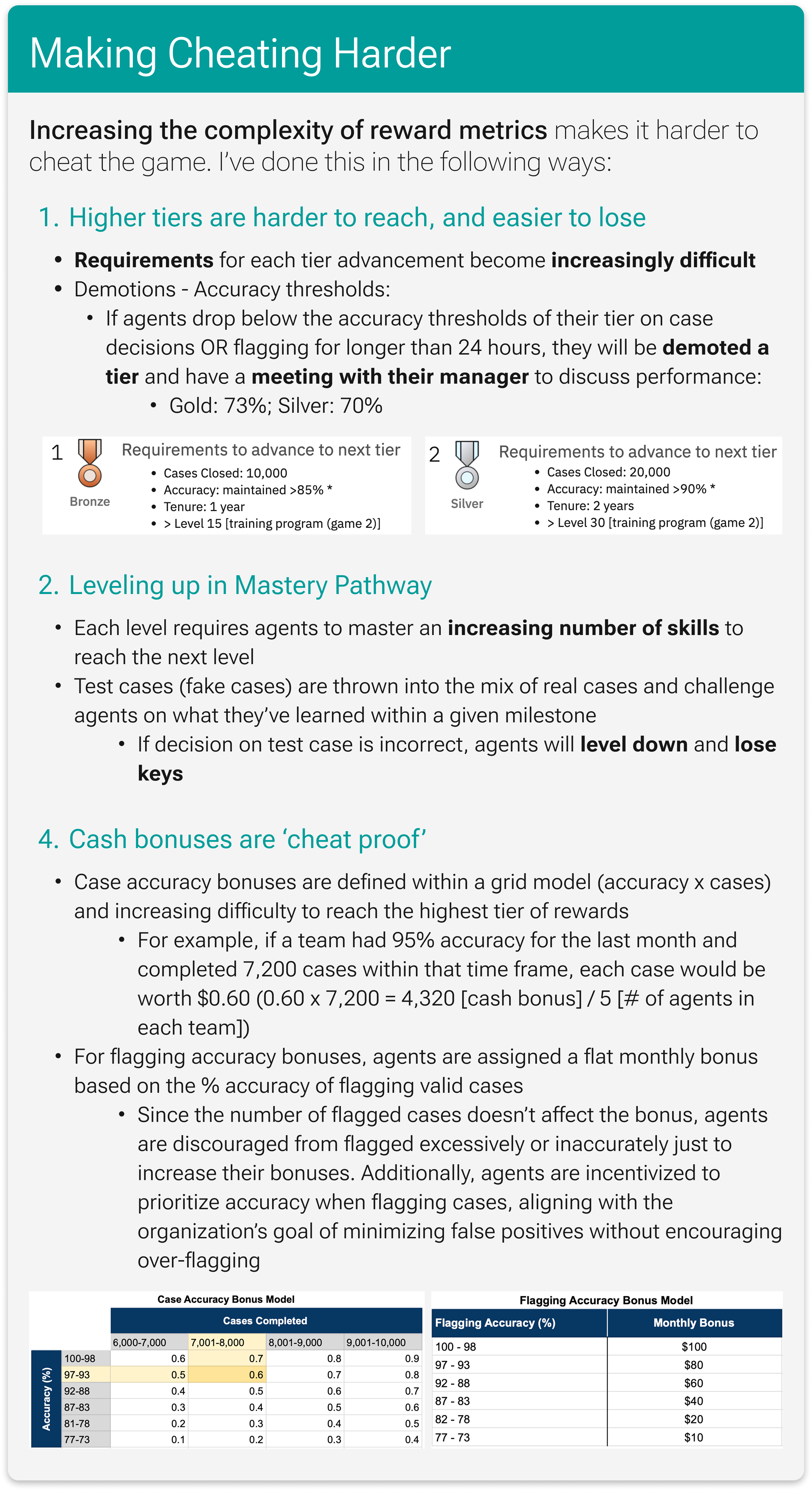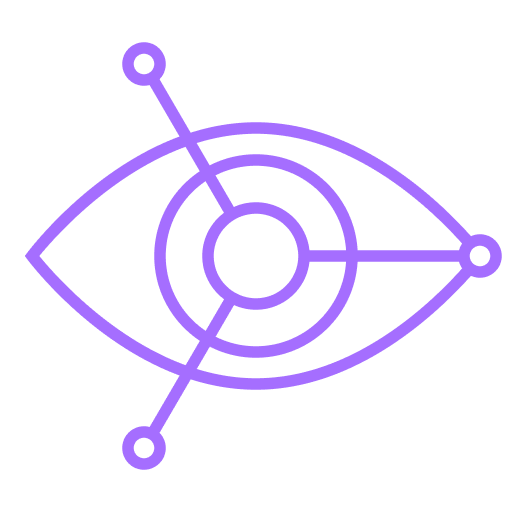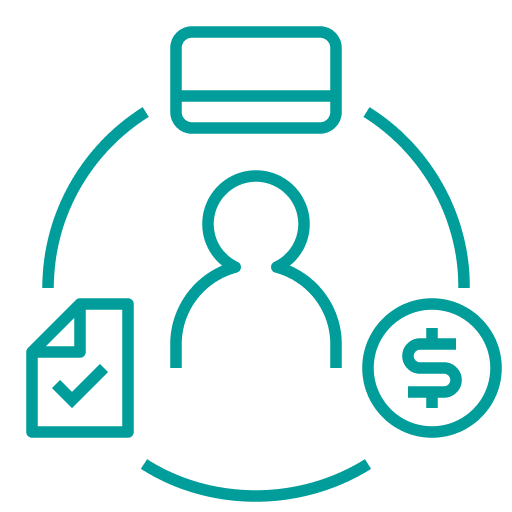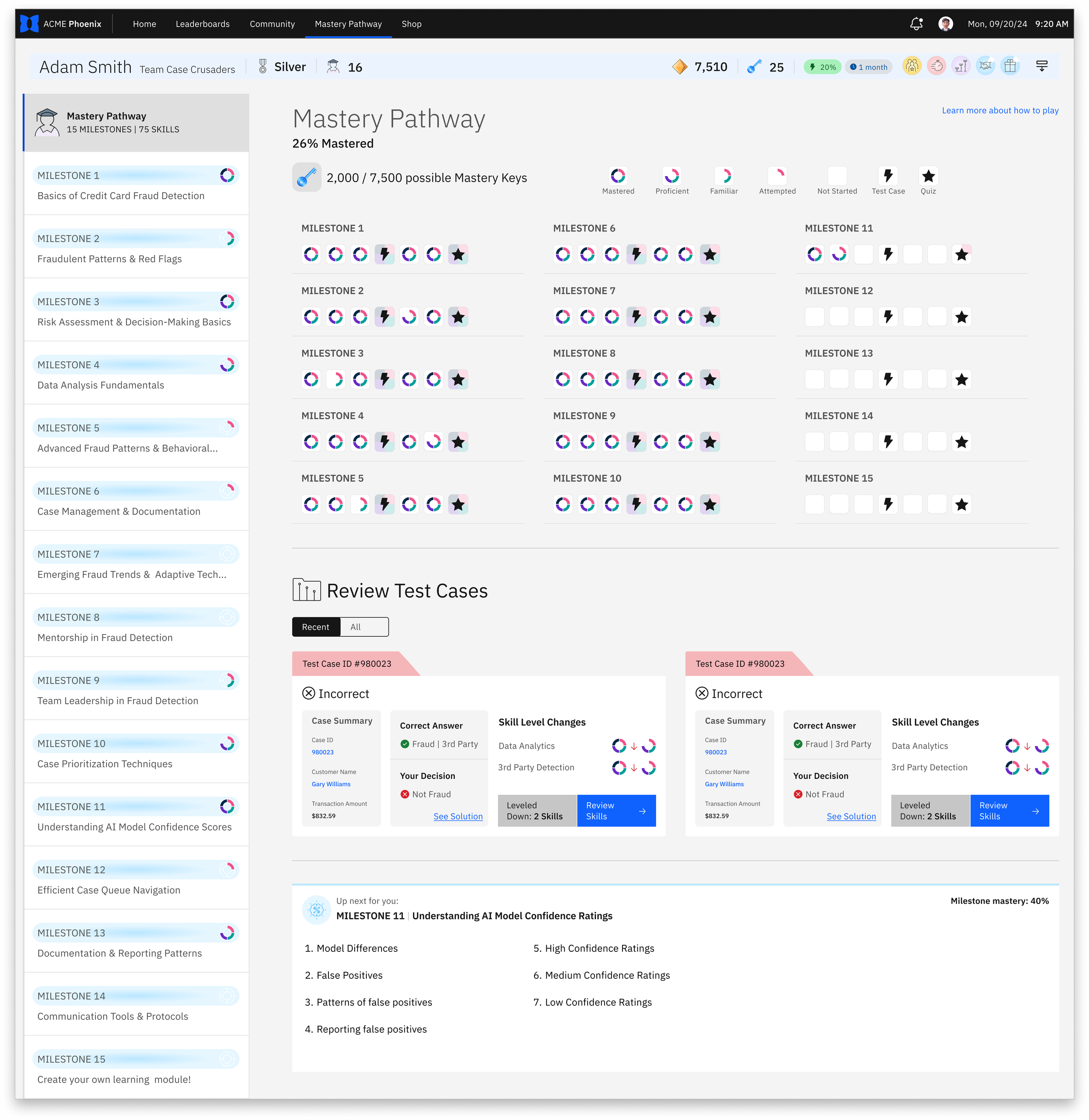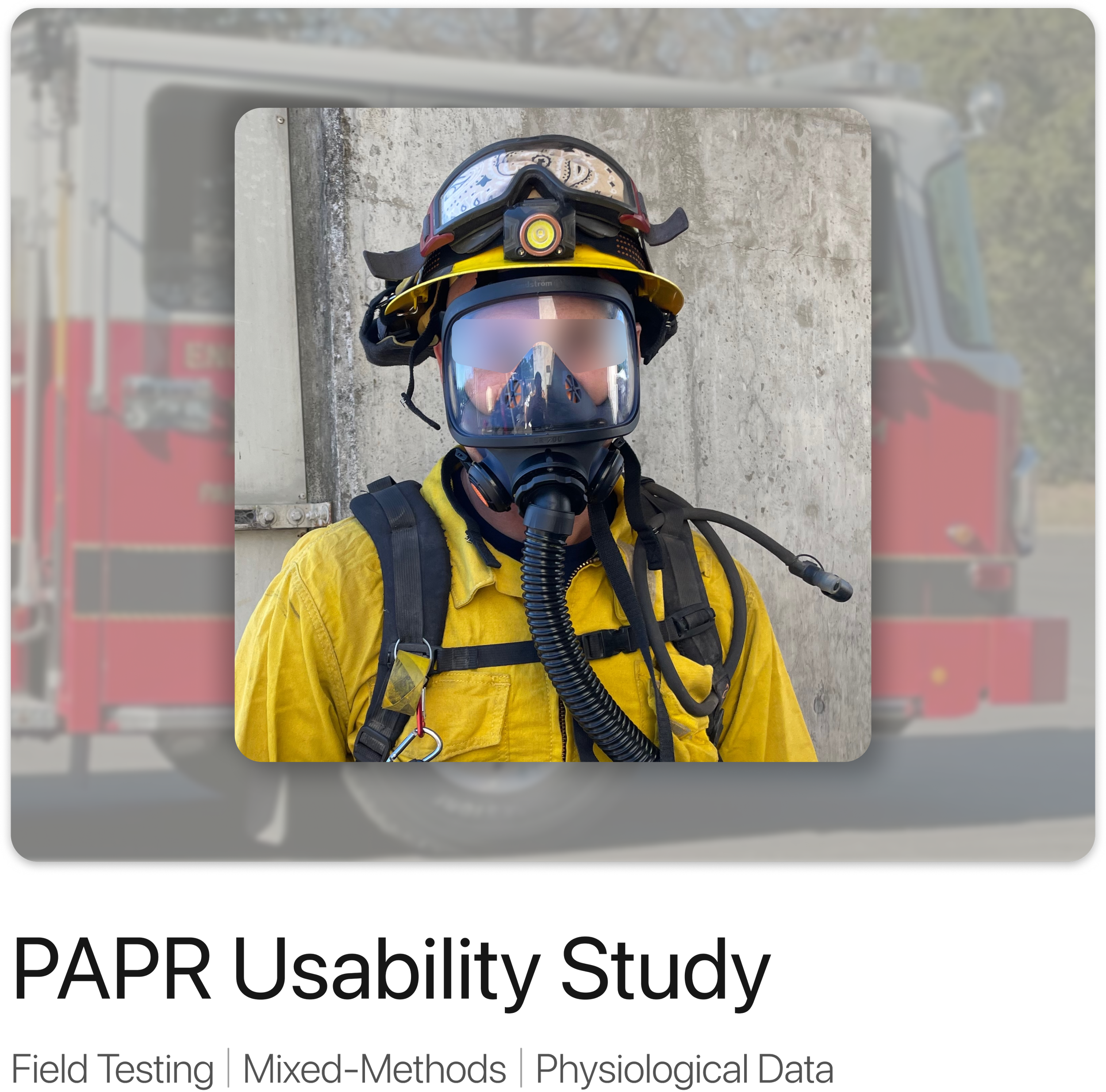
Fraud Detection B2B Solution
Enterprise Product | Gamification | Data Visualization | Interaction Design
4 weeks - Fall 2024
Summary
Gamifying the workday to improve accuracy, efficiency, and agent retention
ACME, a decision analytics company serving major credit card providers, depends on its agents to review hundreds of suspicious transactions each day. High caseloads, insufficient operational tools, and limited recognition have led to high turnover rates, leaving remaining teams under pressure to maintain accuracy while managers struggle to meet performance targets.
To address these challenges, ACME partnered with my graduate Interaction Design II class at SJSU to reimagine their fraud management platform. In a collaborative, team-based setting, I was responsible for designing the gamification, analytics, and operational user experience for the call center agent role. I applied Daniel Rosenberg’s approach and methodology, Magic IxD (Interaction Design), and applied game theory to guide synthesis, ideation, and execution. The outcome was a gamified fraud management system designed to streamline workflows, improve decision accuracy, and boost agent performance.
Role
Interaction Design
UX Design
Deliverables
Game Design Flow
High Fidelity UI
Agent Dashboard
Timeline
IBM Carbon
Figma
This case study presents a conceptual design solution developed for a global decision analytics company (referred to as ACME for confidentiality). The design concepts were presented to company representatives, and positive feedback was received. However, it’s important to note that this was a sponsored graduate student project; therefore, ACME has not implemented the presented solutions.
4 weeks
Design System
Tools
Axure RP
Fall 2024
Sneak Peak
Outcomes
The final solution is an integrated UX for a fraud detection management platform that empowers agents to:
Visualize their daily caseload and workflow with clarity and confidence
Resolve cases efficiently and accurately
Boost performance and engagement through analytics, operational tools, and gamified elements
“Outstanding design work with ultra-comprehensive game definition spec. It shows a lot of thought and time on the execution of the prototype.”
— Prof. Daniel Rosenberg
Problem Statement
What is the problem I am trying to solve?
Previous benchmarking showed that agents face growing workflow inefficiencies and low engagement, which results in higher turnover rates, rising burnout, and increased organizational risk.
Goals to solve
-
Agents review over 80 cases daily to flag suspicious activity for ACME. Each day feels repetitive, and agents receive little recognition for their efforts, leading to disengagement and burnout. As more agents resign, managers and the remaining agents are under pressure to handle the growing backlog of cases.
-
Agents do not have a clear view of their incoming caseload each morning, making it challenging to anticipate workload, track progress, or manage time effectively.
-
When reviewing the case details, agents struggle to quickly identify why a transaction was flagged and must dig through multiple disconnected data points to make an accurate decision. This slows down case resolution and increases the risk of error.
-
Agents lack standardized, repeatable ways to share insights, patterns, or concerns with peers and managers, leading to inconsistent communication and missed opportunities to surface systemic issues.
Personas
Who is involved?
The PM and a representative from ACME provided us with a design brief and a snapshot of recent benchmarking findings. To further understand the personas, I conducted research to build domain knowledge and drew on the PM’s expertise through targeted questions.
Adam works in ACME’s credit card fraud detection call center, part of a team of investigators responsible for assessing flagged transactions and determining fraudulent activity. With two years of experience in this role, Adam is adept at quickly evaluating cases, detecting fraud patterns, and recognizing false positives. He is highly detail-oriented and values clear and direct access to case information, as his decisions impact the well-being of both customers and ACME’s reputation.
Typical Day
Adam starts his shift by logging into the Phoenix platform, checking his queue for high-priority cases, and assessing the performance metrics displayed on his dashboard. He prefers to handle cases in batches and appreciates the flexibility of picking cases as a more senior investigator. Adam's workflow often includes reviewing transaction data, customer response history, and account information, followed by direct calls with cardholders to confirm suspected fraud.
Understanding Adam’s motivations and desired outcomes through JTBD
To better translate Adam’s goals and needs into a practical UX, I utilized the Jobs-To-Be-Done method because it focuses on the progress users are trying to make, not just the tasks they perform. This solution-agnostic framework allowed me to capture the functional, emotional, and social goals of call center agents, creating a strong foundation for designing analytics, workflows, and gamification that directly support their success.
Related Job 3 | Community & Team Engagement
Main Job | Resolve cases quickly and accurately
Related Job 1 | Flag case (if necessary)
Related Job 2 | Report false positives in model
Background & Role Context
This case study highlights the project's gamification design cycle, which will be the focus of the design process section.
Check out the prototype to see documentation for all other design specifications, including:
Design Process Introduction
How did I solve the problem?

Design Process
Gamification in 3 steps
01
02
03
Prioritize business goals
Target user motivations
Define gamification system
Step 01
Prioritize business goals
Why is it important for ACME to address employee (agent) challenges?
ACME depends on its employees (agents) to make case decisions—by marking them as fraud or false positives (not fraud)—to protect its customers. Therefore, agent performance, namely their accuracy in making these decisions and overall productivity, is their #1 priority.
Step 1.1
Step 1.2
These attributes quantify the system owner's value of end-user behaviors, enabling me to later translate them into the game's economy (step 3).
To meet ACME’s business goals, the design must be gamified to lead agents to act on these object-action pairs:
Contact me for more information on object-action pairs within the conceptual modeling approach.
“Flag Model” and “Flag Queue” will not be prioritized as frequent actions in the design because they are not necessarily actions ACME wants to motivate, per se. However, rewarding these actions when done accurately is still vital so as not to disincentivize agents from doing so when appropriate.
Lastly, I aligned ACME’s business goals with tangible, trackable analytic attributes (metrics) for both proactive surveillance & performance tracking.
Then, these design choices must be prioritized to motivate agents to improve their accuracy and productivity in resolving cases.
Prioritization Matrix
Step 1.3
Step 02
Target user motivation
My main job was identifying the behavioral motivators and game mechanics that would increase the frequency of the desired user actions.
The first step in selecting appropriate motivational targets is understanding users’ motivations through user profiling and behavioral modeling.
Step 2.1
User Profiling
Professional Goals
Precision: Minimize errors and improve accuracy by leveraging clear data displays and case history.
Efficiency: Quickly review and accurately assess his case load.
Clarity: Understand each case’s priority and details at a glance.
Sustainability: Protect the company by supporting other agents with caseloads and communicating suspicious patterns or trends with them.
Behavioral modeling is essential in selecting specific game mechanics, ensuring agent motivations are effectively incentivized, and promoting targeted behavioral changes.
To guide this process, I drew on Bartle’s Player Types framework as a lens for understanding different motivational drivers. This methodology helped me move beyond surface-level tasks and consider how agents might respond to mechanics like achievement, recognition, or connection, to name a few.
A mix of professional pride drives Adam to accurately identify fraud and the rewards built into the gamified system that reinforce his productivity and skill improvements. He thrives on competition, personally and among his peers, and feels a strong sense of responsibility toward protecting customer accounts.
Step 2.2
To solidify successful gamification, I used the user profile and behavioral model to select appropriate and compatible motivational targets.
The key to capitalizing on these behavioral motivators to effectively augment agent performance is mapping them to game mechanics…
Personal Goals
Accomplishment: See how their daily work influences their career progress.
Job Satisfaction: Feel a sense of fulfillment in the work being done on a day-to-day basis.
Recognition: Feels rewarded and motivated through performance metrics.
Professional Growth: Seek continuous learning and feedback to improve skills and promote career advancement.
Behavioral Models
Detailed in the final step
Step 03
Define gamification system
Aligning business goals with agent motivations
I designed 2 simultaneous games to motivate agents to be more productive and accurate in their case decisions at ACME.
Below is an overview of each game before I dive into their design definitions.
Game 1
Game 1 highlights agents’ speed and accuracy and motivates them with friendly competitions, virtual and real capital, and promotions as they work through cases.
How to play
The mission of Game 1 is to be as productive as possible regarding accuracy and case completion. The agent should be incentivized to complete more cases efficiently and accurately through games/rewards that allow them to feel empowered and satisfied beyond just upholding the company's goals.
Conceptual model - Object-Action Pairs
Competitions
Personal Challenges
Team Leaderboards
Virtual Capital
Redeemables in ‘The Shop’
Cash bonuses/promotion
Real Capital
Game 2
Game 2 tracks agents’ career growth as they complete voluntary learning programs in exchange for virtual and social capital, and utilizes shared knowledge spaces to facilitate skill development in identifying fraud trends.
How to play
The mission of Game 2 supports the same system owner goals of increased productivity and accuracy, but places greater emphasis on agent skill development to achieve these KPIs. Agents are motivated to level up by mastering skill sets aimed at improving essential expertise in fraud detection, such as trend spotting. In addition, agents are encouraged to share and learn from their peers at ACME through a community page where knowledge is openly exchanged through Q&A.
Conceptual model - Object-Action Pairs
Learning/Training Program
Mastery Pathway
Peer-to-peer technical support contributions
Community forum
Step 3: Define gamification system → Methodology Introduction
Applied Game Theory
Each game definition is an integrated system consisting of 6 elements:
Cheating disincentives
Engagement loop
Game Mechanics
IxD Game
Definition
Time Boundaries
Economy
Rules
Step 3.1
Game Mechanics
Game mechanics communicate the game rules, progress, and results through a blend of design patterns and flows.
Below are the optimal combinations of motivators (identified in step 2) and high-level categories of mechanics to drive augmented agent performance in Game 1 & 2:
Mapping Motivators to Mechanics
Game 1
Game 2
Step 3.2
Economy, Rules, and Time Boundaries
Game 1
Game Mechanic 1
Tiers
The tier system serves the mechanic categories of privilege and recognition, targeting intrinsic motivators of autonomy and mastery, and extrinsic motivators of benefits, praise, status, greed, fear of failure, and bonuses/rewards.
Higher tiers are associated with additional benefits, such as increased access to bonus point challenges & rewards in ‘The Shop’.
Tier advancement requirements are based on tenure and performance, and become progressively more challenging.
Flagging case flow
Top Upvoted
Resolving cases & case assists
Flagging cases
Agents may flag a case for further review for many reasons, such as to report a suspicious merchant. This decision is worth 80 points.
Endorsements
Managers and Gold Tier agents who have mastered all skill sets in the training program [Mastery Pathway (Game 2)] can endorse answers submitted in the community, deeming them acceptable solutions. Receiving an endorsement is worth 60 points.
How are points earned?
Being upvoted the most on an answer submitted in the community [Game 2] is worth 80 points.
Side nav. in Community
Resolving Cases
Cases are worth 100 points (base), with additional value associated with case complexity (estimated resolution time) and risk score (AI prediction based on transaction amount & history).
Case Assists
Agents can ask teammates for assistance on cases and choose to share awarded points to show their appreciation.
Post in the Community
Boost’s virtual capital serves as an extrinsic motivator, complementing the intrinsic motivators associated with badges and rewarding Challenges.
Agents can use points to reset their metrics up to 4 times a month for a strategic fresh start.
Points are the main form of currency in Game 1, serving the mechanic categories of achievement and ownership. They target intrinsic motivators of pleasure and curiosity and extrinsic motivators of benefits and bonuses/rewards.
Game Mechanic 2
Points
Points may be used to redeem virtual capital, such as a ‘metric reset’, or real capital in ‘The Shop’. Points never expire. Agents are motivated to spend points due to expiry dates and the scarcity of rewards available.
The Shop
Metric Resets
Game Mechanic 3
Badges
Badges are used to incentivize, motivate, and reward behavior such as teamwork and game engagement. They serve the mechanic categories of achievement, narrative, ownership, recognition, and role-play.
There are 4 categories of badges:
Community
Mastery
(training program)
Check out Game 1 in the prototype to see all 24 badges, how they are earned, and what they reward.
Badges not only motivate through status, praise, and recognition, but they also provide virtual capital: Point Boosts
Agent
(individual)
Team
Game Mechanic 4
Point Boosts
Point Boosts are special consumables that temporarily increase the amount of points earned. Agents can collect boosts by earning badges or completing certain challenges.
Game Mechanic 6
Teammate Ratings
When submitting a case, agents can add teammates as contributors (if a teammate helped them on the case). They are also asked to provide a rating for their teammate based on their performance. This rating will be visible to all agents at ACME on the agent profile and will motivate cohesive and meaningful collaborations and discourage cheating.
Agents are awarded a temporary point boost (typically 1-5%) for completing challenges. Additionally, challenges have a time frame for completion and a reward.
Game Mechanic 5
Challenges
Challenges are voluntary short-term goals that vary in difficulty and are meant to support a quicker engagement loop by providing feedback, recognition, and rewards more often. Additionally, challenges serve to motivate and incentivize specific performance metrics.
Game Mechanic 7
Cash Bonuses
Bonuses are designed to discourage cheating (socially motivated not to be the one to put their team at risk), economically incentivize accuracy, and encourage team cooperation.
There are two different cash bonuses:
Case Accuracy Bonuses: Determined based on agent accuracy in case decisions
Flagging Accuracy Bonuses: Agents are assigned a flat monthly bonus based on % accuracy of flagging valid cases
See bonus grid models in Game 1 for more details
Metrics able to reset - Cost: 2,000 points:
Average cases per day
Accuracy
This does NOT affect cash bonuses OR advancement to the next tier, only for leaderboard standings
Average time per case
Game Mechanic 8
Metric Reset
Metric resets support the mechanic category of privilege, acting on the intrinsic motivator of autonomy.
Game Mechanic 9
Leaderboards
Mechanic categories & motivators associated with leaderboards
Agents and teams that rank first on any leaderboards are rewarded weekly through badges and point boosts. The social and emotional nature of ranking systems is an essential proponent of successful gamification, providing external and internal motivation to improve performance.
There are six categories, within which agents within their tier, teams, and all ACME agents are ranked weekly: cases closed, case accuracy, time per case, skill mastery, performance, and teamwork.
The three aggregated ranking systems and six categories of leaderboards present ample opportunities for agents to be rewarded and recognized.
Game 2
Game Mechanic 1
Upvotes
Agents can “upvote” any question, answer, or post in the community to indicate that they are also seeing this issue/trend or to suggest that they agree.
Upvotes are essential to the community because they help spread important information about fraud trends and support a sense of community among agents.
Badge & point boost
Points
Upvote Rewards:
Being upvoted the most on an answer submitted in the community: 80 points
Game Mechanic 2
Streaks
Streaks visually track agents’ training consistency and achievements to support the mechanic categories of feedback, urgency, and recognition.
Game Mechanic 3
Mastery Levels
Mastery levels celebrate agents’ progress and help motivate them to continue learning the material in Mastery Pathway.
Every agent starts at Level 1, where they haven’t earned a skill yet. Each level requires agents to master an increasing number of skills to reach the next level. The higher they go, the more skills they need to master.
The level agents are currently on represents the number of skills they need to master to reach the next level. Each level up adds one additional skill mastery requirement. For example, at level 2, agents need to master 2 skills to reach level 3.
To move up a level, agents must master every skill in that level. Here’s how that works:
In the example below, the agent is at mastery level 16. They have mastered 13 of the 16 skills needed to reach mastery level 17. Leveling up a skill to ‘mastered’ moves an agent one skill closer to the next mastery level.
Game Mechanic 4
Mastery Keys
Mastery keys are the main form of currency in Game 2. Total mastery keys represent an agent's progress in the training program (Mastery Pathway). Keys can be used to unlock rewards, including PTO and vacation days.
There are a total of 7,500 possible mastery keys to be earned in the Mastery Pathway. There are 75 skills total, with each milestone comprised of 5 skills. Each mastered skill is worth 100 keys. Below is the breakdown of how much each degree of skill mastery is worth:
Agents can also earn keys when they answer correctly on a test case and level up on related skills. Test cases are fake cases thrown into an agent’s caseload to evaluate their proficiency in specific skills.
Step 3.3
Engagement Loop Design
The key to sustaining player motivation
With the appropriate mechanics already established, this step centered on creating feedback loops and reinforcement strategies that sustain player motivation and engagement to ensure participation doesn’t drop off before the intended timeframe.
Game 1
Reinforcement Methods
Calls to Action
“Claim & Next Case”
Micro-examples
Virtual capital toggletips
Every time an agent updates a case, they receive a modal showing them how many points they’ve earned as a result and a “next case” call to action button. This lets users open the next case instead of navigating back to the queue in between cases.
Re-engage
Notifications
If managers see agents’ performance dropping, they will create a new challenge to motivate and incentivize them to reach a particular KPI. Point boosts also act to re-engage agents by temporarily increasing the amount of points earned. Additionally, redeemables in The Shop are categorized by increasing monetary value and frequently change to keep agents working towards goals.
Rewards
Agents are rewarded for their hard work with cash bonuses, items in the shop, privileges, and access.
The Shop
Feedback
The system shows progress indicators and leaderboards to help keep track of performance for agents and motivate them to continue on.
Tier status
Performance tracking
Challenges
Agent & Team leaderboards
Projected cash bonuses/promotion tracking
Points - X away from next reward
Game 2
Reinforcement Methods
Calls to Action
Call to Action buttons and Captology
Always guiding agents towards the next step. Making it one click away to hop back into learning.
Re-engage
Managers release time-bound rewards, such as part-time off or vacation days/packages, that can only be unlocked with keys.
Managers can also release challenges, incentivizing leveling up and/or earning keys.
Test case results also act to re-engage agents to hone in on their skill sets.
When agents need assistance on a case, they are offered resources such as searching the community for answers, reminding them that their coworkers are there if needed.
Rewards
Agents are rewarded for their success within the game with PTO, vacation days, and privileges such as marking an answer in the community as a valid solution or creating their own learning module in Mastery Pathway.
Feedback
The system shows progress indicators, test case results, and leaderboards to help keep track of performance for agents and motivate them to continue on.
Step 3.4 → Final step
Cheating Disincentives
Managing cheating within the game is vital, as cheaters undermine other users’ trust in the system.
I designed several deterrents to cheating interwoven throughout both gamification systems. These include increasing the effort required to cheat, reducing the value of extrinsic motivators, and introducing social control.
Design walkthrough
Agents are recognized & rewarded for their efforts
Gamifying the workday to improve accuracy, efficiency, and agent retention by showing agents their impacts are meaningful and valuable to ACME.
The user-centered design reflects agents’ goals, needs, and pain points while solving ACME’s business goals of protecting its customers.
Home - Dashboard Widgets
Track progress towards goals & manage caseload…all in one place
Giving agents the clarity, feedback, and efficiency they need to be as productive as possible.
Minimize to prioritize
Agents can streamline their workspace by hiding widgets and collapsing the game banner to bring their caseload front and center. This interaction supports focus and task efficiency, allowing agents to prioritize what matters most—resolving cases quickly and accurately.
Try it out on the prototype below, and explore how other micro-interactions guide the agents’ workflow to create a cohesive, information-rich experience.
Case Detail
Leverage analytic and operational tools to make accurate case decisions
Agents open cases through the queue on the home page to review data and make decisions. Case details provide agents with quick access to all relevant case information, including transaction logs, customer response history, previous case records, data summaries, estimated resolution times, and more. Additionally, agents have operational tools enabling peer-to-peer technical support and efficient methods for documenting and communicating case findings and patterns to management.
Agents earn points for resolving or flagging cases, with additional points awarded based on the complexity of the case (estimated resolution time based on AI model confidence rating) and risk score (AI prediction based on transaction amount and history of flagged transactions). In short, agents are rewarded accordingly for the time and effort they spend on a case.
Leaderboards
Measure performance through friendly competitions, recognition, & rewards
The leaderboard screens motivate agents through transparent rankings and performance insights. With multiple leaderboard categories, weekly rewards, and visual performance graphs, agents can see their progress, earn recognition, and track projected team bonuses—all driving friendly competition and continuous improvement across ACME.
Community
Share & learn from other agents at ACME
The Community provides agents with shared knowledge spaces to facilitate skill development in identifying fraud trends. This also supports the agents’ professional desire for sustainability, providing them with tools to communicate recurring patterns or issues to better protect the company.
This community aspect, along with community-specific activity leaderboards and rewards, motivates production of user-generated content and voluntary peer-to-peer technical support contributions.
Mastery Pathway
Seek continuous learning & be rewarded for leveling up skills
The Mastery Pathway allows agents to track their career growth as they complete voluntary learning programs in exchange for virtual and social capital. Agents are motivated to level up by mastering skill sets to improve essential expertise in fraud detection, such as trend spotting.
In addition to completing learning milestones (modules), test cases (fake cases) are thrown into the mix of real cases for agents to review and make decisions.
This learning program provides unremunerated labor in exchange for rewards, status, and privileges to satisfy agents’ professional goals for growth and their intrinsic desire for mastery.
The Shop
Redeem rewards in The Shop
Agents are rewarded for their efforts with redeemable items in the shop, such as donations to charity, gift cards, PTO, and more! Managers add and remove rewards frequently to motivate agents and further game engagement. Reward types (charity, gift cards, etc.) are tier-restricted, encouraging agents to work toward promotions to higher tiers.
Reflection
The challenge of mixing work and play
Designing the gamification system for enterprise software can be challenging, especially when employees are required to participate. My design solutions aimed to align incentives with agents’ values and aspirations to foster genuine and lasting engagement. Although this project did not include a formal test plan, here’s how I would have evaluated the effectiveness of my solutions in motivating agents to improve accuracy, efficiency, and retention.
This project challenged me to design for motivation in a high-pressure, accuracy-driven environment, enhancing my skills in applying behavioral design principles to enterprise UX to boost user performance.
In the future, I see an opportunity for a third game explicitly focused on teamwork and community to improve these aspects of performance, beyond existing mechanics, such as points or the Helping Hands badge, to foster more meaningful collaborations and growth.
Explore Other Projects

